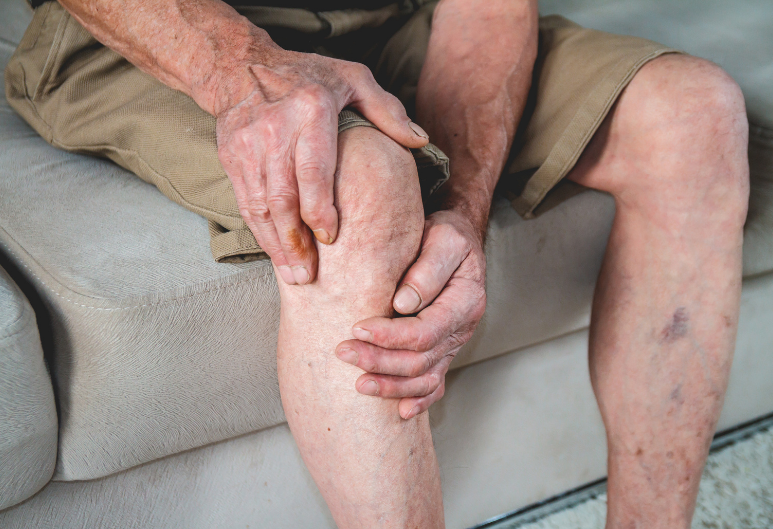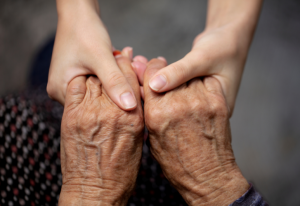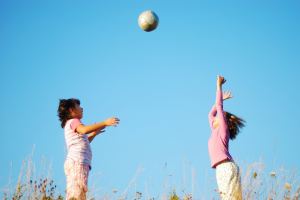
Arthritic conditions such as osteoarthritis are the leading causes of chronic pain in old age. According to the Centers for Disease Control and Prevention (CDC), about 14 million US seniors aged 65 or older are affected by osteoarthritis.
Unfortunately, leisure lifestyles and obesity make us more prone to osteoarthritis in old age. Here, we will discuss the main symptoms of osteoarthritis and how we can manage it in our old age.
Symptoms of Osteoarthritis
The main symptoms of osteoarthritis include severe pain and joint stiffness resulting in a restricted range of movements.
In addition to pain and joint stiffness, we may feel:
- joint swellings
- crackling sound in the joint while moving
- muscle wasting and muscle weakness
- loss of flexibility
- bone spurs may also be formed around the affected joint
In the elderly, commonly affected joints are the knees, hips, and small joints of the hands.
Conservative Management of Osteoarthritis in the elderly
Conservative management for this disease includes the following:
- Reduce the weight as reducing one pound of weight resulted in four pounds of pressure being removed from the knees– according to the Arthritis Foundation, US.
- Regular physical activity is one of the most important measures that should be taken to alleviate the symptoms of and protect from osteoarthritis in old age. Here we’ll discuss some of the exercises used for late-age osteoarthritis,
- Wrist bend exercise in which we may bend our wrist for 10 seconds and then release. Repeating this exercise can help decrease wrist stiffness.
- Fistball exercise, i.e., closure and release of the ball from the fist 10 times daily. Hold the ball for 5 seconds and then release.
- Step-ups on a nearby staircase can help decrease knee stiffness and pain.
- Sitting stretches relieve hip stiffness and improve leg muscles’ functioning.
- Form ankle circles to decrease ankle stress and stiffness.
- In addition to the exercises mentioned above, following physical activities can also help in the management of osteoarthritis,
- Chair Tai Chi, as shown in this video, can help relieve the symptoms of osteoarthritis by reducing joint stress and increasing the range of motion for multiple joints.
- Muscle-strengthening exercises such as overhead arm raises can enhance the overall strength of acting muscles.
- Swimming can also be helpful in osteoarthritis as water decreases the weight on our joints, allowing us to move them with more flexibility.
- A healthy diet rich in omega 3-fatty acids has also proven beneficial in managing osteoarthritis.
- Topical analgesic gels such as Voltaren (Diclofenac) can also relieve the joint pain.
Red Flags for exercise regimens of osteoarthritis
- A physician might ask us to refrain from certain exercises if we are suffering from cardiovascular diseases, pulmonary diseases, or others. So, it would be better to consult our workout exercises with our physician before scheduling them.
- In case the symptoms become severe, we should always consult our consulting physician to avoid movement restrictions.
Take home:
Osteoarthritis is a painful condition prevalent in the US elderly. It may lead to severe joint pain, stiffness, restricted movements, and other debilitating symptoms. However, certain measures can alleviate these symptoms and prevent us from severe disease. These measures include weight reduction, regular physical activity, specified exercises, and a healthy diet.
References:
https://www.cdc.gov/arthritis/data_statistics/national-statistics.html



